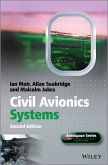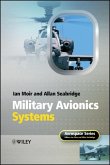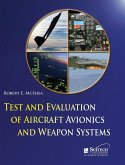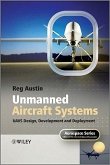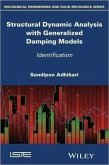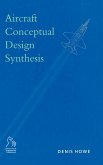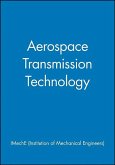Recent advances in technology have allowed ever increasing speeds of aircraft. With this increase in speed comes the need for enhanced systems to navigate and control these vehicles to precise requirements. This book covers the basics through the recent advances in navigation theory and hardware/software.
An indispensable resource for all those who design, build, manage, and operate electronic navigation systems Avionics Navigation Systems, Second Edition, is a complete guide to the art and science of modern electronic navigation, focusing on aircraft. It covers electronic navigation systems in civil and military aircraft, helicopters, unmanned aerial vehicles, and manned spacecraft. It has been thoroughly updated and expanded to include all of the major advances that have occurred since the publication of the classic first edition. It covers the entire field from basic navigation principles, equations, and state-of-the-art hardware to emerging technologies. Each chapter is devoted to a different system or technology and provides detailed information about its functions, design characteristics, equipment configurations, performance limitations, and directions for the future. You'll find everything you need to know about: * Traditional ground-based radio navigation * Satellite systems: GPS, GLONASS, and their augmentations * New inertial systems, including optical rate sensors, micromechanical accelerometers, and high-accuracy stellar-inertial navigators Instrument Landing System and its successors * Integrated communication-navigation systems used on battlefields * Airborne mapping, Doppler, and multimode radars * Terrain matching * Special needs of military aircraft * And much more
Hinweis: Dieser Artikel kann nur an eine deutsche Lieferadresse ausgeliefert werden.
An indispensable resource for all those who design, build, manage, and operate electronic navigation systems Avionics Navigation Systems, Second Edition, is a complete guide to the art and science of modern electronic navigation, focusing on aircraft. It covers electronic navigation systems in civil and military aircraft, helicopters, unmanned aerial vehicles, and manned spacecraft. It has been thoroughly updated and expanded to include all of the major advances that have occurred since the publication of the classic first edition. It covers the entire field from basic navigation principles, equations, and state-of-the-art hardware to emerging technologies. Each chapter is devoted to a different system or technology and provides detailed information about its functions, design characteristics, equipment configurations, performance limitations, and directions for the future. You'll find everything you need to know about: * Traditional ground-based radio navigation * Satellite systems: GPS, GLONASS, and their augmentations * New inertial systems, including optical rate sensors, micromechanical accelerometers, and high-accuracy stellar-inertial navigators Instrument Landing System and its successors * Integrated communication-navigation systems used on battlefields * Airborne mapping, Doppler, and multimode radars * Terrain matching * Special needs of military aircraft * And much more
Hinweis: Dieser Artikel kann nur an eine deutsche Lieferadresse ausgeliefert werden.


